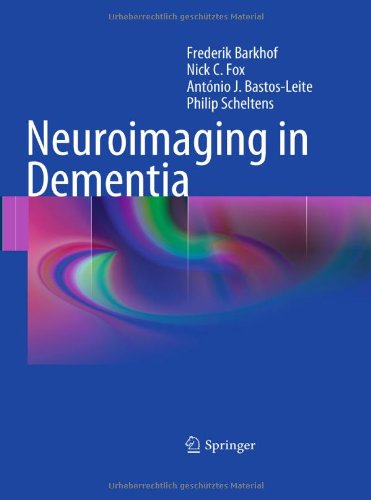

Most ebook files are in PDF format, so you can easily read them using various software such as Foxit Reader or directly on the Google Chrome browser.
Some ebook files are released by publishers in other formats such as .awz, .mobi, .epub, .fb2, etc. You may need to install specific software to read these formats on mobile/PC, such as Calibre.
Please read the tutorial at this link: https://ebookbell.com/faq
We offer FREE conversion to the popular formats you request; however, this may take some time. Therefore, right after payment, please email us, and we will try to provide the service as quickly as possible.
For some exceptional file formats or broken links (if any), please refrain from opening any disputes. Instead, email us first, and we will try to assist within a maximum of 6 hours.
EbookBell Team

4.0
86 reviewsAgainst a background of an ever-increasing number of patients, new management options, and novel imaging modalities, neuroimaging is playing an increasingly important role in the diagnosis of dementia. This up-to-date, superbly illustrated book aims to provide a practical guide to the effective use of neuroimaging in the patient with cognitive decline. It sets out the key clinical and imaging features of the wide range of causes of dementia and directs the reader from clinical presentation to neuroimaging and on to an accurate diagnosis whenever possible. After an introductory chapter on the clinical background, the available "toolbox" of structural and functional neuroimaging techniques is reviewed in detail, including CT, MRI and advanced MR techniques, SPECT and PET, and image analysis methods. The imaging findings in normal ageing are then discussed, followed by a series of chapters that carefully present and analyze the key imaging findings in patients with dementias. A structured path of analysis follows the main presenting feature: disorders associated with primary gray matter loss, with white matter changes, with brain swelling, etc. Throughout, a practical approach is adopted, geared specifically to the needs of clinicians (neurologists, radiologists, psychiatrists, geriatricians) working in the field of dementia, for whom this book should prove an invaluable resource.